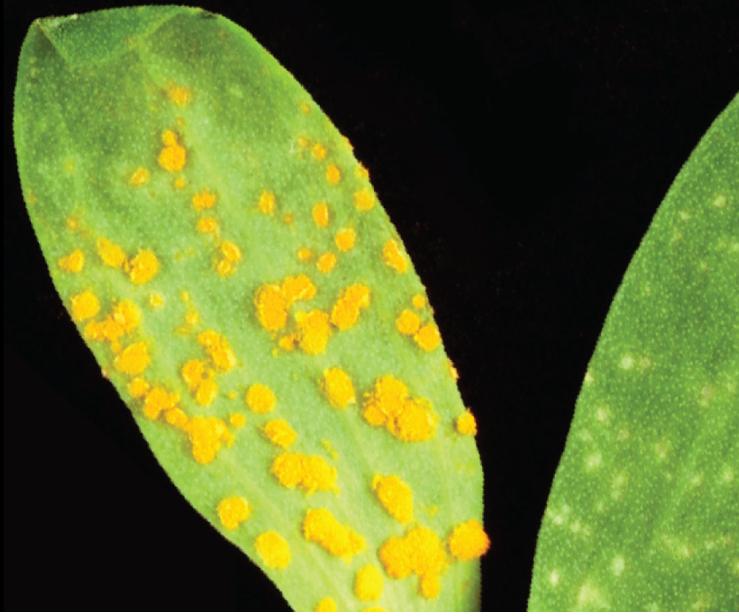GM potatoes: Food for thought
 by Professor Jonathan Jones
by Professor Jonathan Jones
We have an exciting new project in the pipeline for one of the nation’s favourite foods – the potato.
The research is mentioned today in the Independent and I also gave an interview to the Today Programme (interview at 2 hours 50 minutes) on Radio 4 this morning about the proposal for a new GM potato which aims to be better for the environment, reduce production costs, reduce waste and also be healthier.
It’s at an early stage and we have not yet agreed all the terms with all the research and development partners. The Independent article states that we have delayed the announcement of the project until after the UK election in May 2015 due to public sensitivities over the election. This is untrue. We have always been open about our GM research, we make sure that we engage with the public about it, and we will continue to do so.
The project itself is complicated, with many different partners. The grant to carry out the project has only just been agreed but it is early days in the funding award process and we are still discussing how the project will be managed with our partners. In any event, the research will not start until later in the year, probably October. My group at The Sainsbury Laboratory (TSL) has been working on blight resistance genes for a number of years. The University of Leeds has been researching genes to confer nematode-resistance and Simplot has recently had FDA approval in the US for its Innate Potato, which has a reduced susceptibility to bruising and reduced ability to form acrylamide when cooked at high temperatures. Acrylamide is found in many foods, including bread, cakes and coffee, and has been linked to cancer formation.
If we could take all these genes, if we could introduce them all into one potato, we could have a spud with reduced chemical impact on the environment, less waste, while also having lower levels of acrylamide when cooked and the associated health benefits.
Is it safe? Introducing all these genes at the same time is only possible through genetic modification (GM). GM as a technology has been shown to be safe, as highlighted in a number of recent publications. The characteristics of the potato are more relevant than the method used to improve it. We can breed for a particular property like size or disease resistance, by crossing varieties and seeing what comes out at the other end – but GM allows us to pinpoint the exact parts of a plant’s DNA which give rise to that characteristic and introduce that desired trait to a favored variety. The result is a much quicker and more precise improvement. Before it can be sold it will need to be extensively tested and will require authorisation from the European Food Safety Authority, and approval by EU ministers and the EU Commission.
The Sainsbury Laboratory (which has no links to J Sainsburys PLC) receives charitable funding from the Gatsby Foundation. If funded, this particular grant would be funded by the UK government (via the Biotechnology and Biological Sciences Research Council) and industry partners. Simplot and another partner, BioPotatoes Limited, would explore the potential for the resulting spud to reach consumers.
We know that some people have concerns about us partnering with industry, but as research scientists we are not best placed to complete the research-to-table pipeline by ourselves – we need commercial partners if the public are to gain the benefits of our research.
We are in the very early stages of a long-term project to develop an improved potato that will benefit consumers and the environment. Agriculture and plant breeding has gradually improved the quality of our food over generations, and this project could be another small but significant step in this direction.


